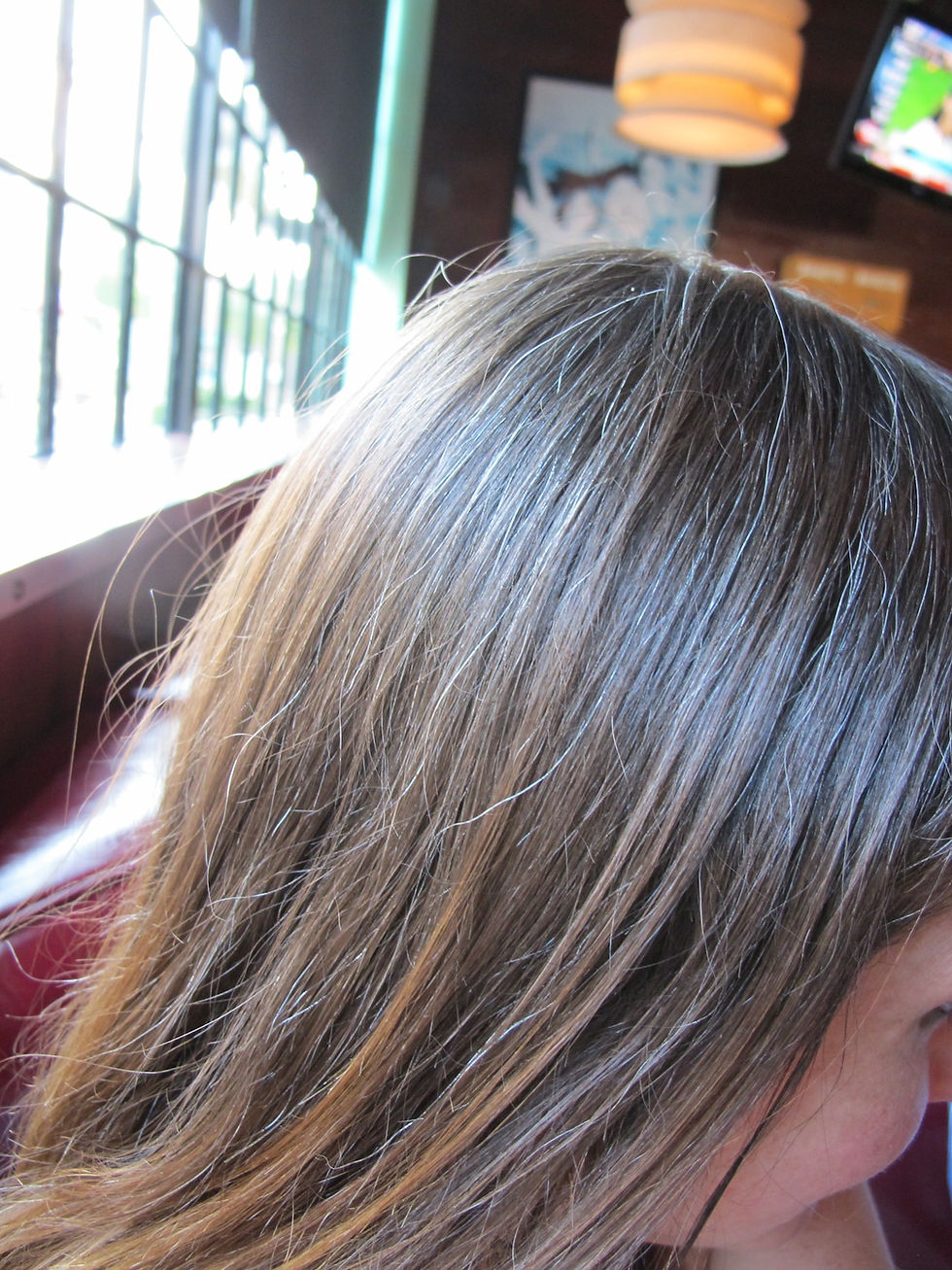Pareidolia: Seeing Faces Everywhere
- Joanne Lee
- Sep 9, 2021
- 4 min read
By Veda Sanghi

At one point in our lives, we’ve all looked at a charging outlet and thought it looked like a face. Or maybe we’ve visualized stern face-like features on the front of a car. Or maybe we even saw a shocked expression in the three holes of a bowling ball. The cause for these strange, universal experiences boils down to a phenomenon called pareidolia.
Seeing faces in inanimate objects is very common. Certain areas in the brain are specialized to help us identify faces, both the real and “fake” ones, in any situation. Not only do these areas of the brain help notice the presence of a face, but they also assess other information, such as whether or not the face is recognizable and whether it is safe or threatening based on its expression. No matter how different they might look, all human faces share common features, such as the spatial arrangement and position of the eyes. “This basic pattern of features that defines the human face is something that our brain is particularly attuned to, and is likely to be what draws our attention to pareidolia objects,” explains researcher Dr. Colin Palmer from the University of New South Wales Science’s School of Psychology. “A striking feature of these objects is that they not only look like faces but can even convey a sense of personality or social meaning. For example, the windows of a house might feel like two eyes watching you, and a capsicum might have a happy look on its face.”
Through a study published in the journal Psychology Science, Palmer tested whether the same mechanisms of the brain were activated when recognizing a real face and experiencing face pareidolia. The process of sensory adaptation, where a person’s perceptions are affected by what was recently seen, played an important role in the study. The process occurs when stimuli are constantly being picked up by sensory receptors, making the brain less sensitive to the stimuli. In the study conducted by Palmer, the participants were repeatedly shown faces that were looking toward the left. Eventually, when the participants were shown a face looking directly at them, they stated that the eyes appeared to be shifted more toward the right. Palmer notes, “There is evidence that this reflects a kind of habituation process in the brain, where cells involved in detecting gaze direction change their sensitivity when we are repeatedly exposed to faces with a particular direction of gaze.” In other words, because the participants were shown faces looking toward the left multiple times, the left direction of the eyes became their standard perception. As soon as they looked at the faces with a straightforward gaze, it became immediately clear that there was something off. “We found that repeated exposure to pareidolia faces that conveyed a specific direction of attention (such as objects that had a gaze directed toward the left) caused a change in the perception of where human faces are looking,” Palmer says. “This is evidence of overlap in the neural mechanisms that are active when we experience face pareidolia and when we look at human faces.” In addition, if it appears that some sort of emotion is being conveyed through an inanimate object’s ‘expression,’ it is mainly due to the activation of the brain’s internal mechanisms that read and process this kind of information from human faces.
In another study, conducted by Kang Lee from the University of Toronto, participants were shown images with random and fuzzy grey patterns, similar to TV static. About 34% of the time, the participants reported seeing a face within the images despite being extremely blurry. Somehow, the brain was still able to draw out the illusion of a face. The brain attempts to make predictions about what we will see based on our past experiences and what we are most familiar with to process and visualise something unclear. Lee believes that the confusing images provided by the retina to the brain must be organized by the brain and hypothesizes that this is what leads to pareidolia.
But why does pareidolia occur? Scientists believe that pareidolia occurred through humans’ evolution from monkeys, which indicates that brain function was inherited from primates. Essentially, pareidolia provides survival benefits. Our brains are hard-wired to read specific information from faces and their expressions, including whether they look threatening or seem to pose a danger. By detecting potential predators, even if they may be inanimate objects, the brain helps us stay alert and cautious. So the next time you see a tree looking at you with a not-so-friendly expression, don’t worry; just remember that it’s probably just your brain’s way of overprotecting you and keeping you safe.
Educational Content:
Q: What areas of the brain are involved in causing pareidolia?
A: Through the scans taken of the participants’ brains during Lee’s experiment, high activity in the primary visual cortex was discovered as the participants tried to process the fuzzy grey images. When they stated that they noticed a face within the blur, the frontal and occipital regions of the brain, which are involved in visual processing, planning, and memory, fired into action. This ultimately led to a trigger of the fusiform face area, the region of the brain that specifically recognizes and responds to faces.
Q: How is pareidolia affected in those with visual-processing problems?
A: In those with autism spectrum disorder, it can be difficult to read and process information from faces, especially emotional expressions. In addition, prosopagnosia (face blindness) causes people to be unable to recognize other faces. These conditions result in fewer pareidolic faces to be identified, which ultimately may provide less or a complete lack of the evolutionary advantages and survival benefits.
Website Citations:
Image Source:
No changes were made, https://www.flickr.com/photos/imagenesalviento/21847265724/in/photolist-qwZdkf-AFeaW-U3j9X8-fiV8q-9o9YiS-2esPJJk-2dmLCzE-7DXFry-4dCmr-235AVGn-23kWN6j-235AVMc-235AVJM-HWuuiU-aCMZSc-zhyWXf-7EffP3-Gj7New-QGw1cM-SjH8Zq-SjH8PL-2esPJxi-2d51FVn-2dmLBZS-2d51FLV-23RnSMt-2esPJGg-2esPJwX-2dmLCAw-2esPKrc-2esPKog-2d51Gav-2esPKfa-2d51G3r-SjH9BC-SjH9zd-2dmLC87-2esPJwM-2d51Foa-2esPJrX-SjH8Q7-UVftVn-4E62z9-235AVFk-7EeHY7-7EaTWp-7EeHh3-r5iE1H-pQAkkg-roDeky, License: Creative Commons Legal Code




Comments